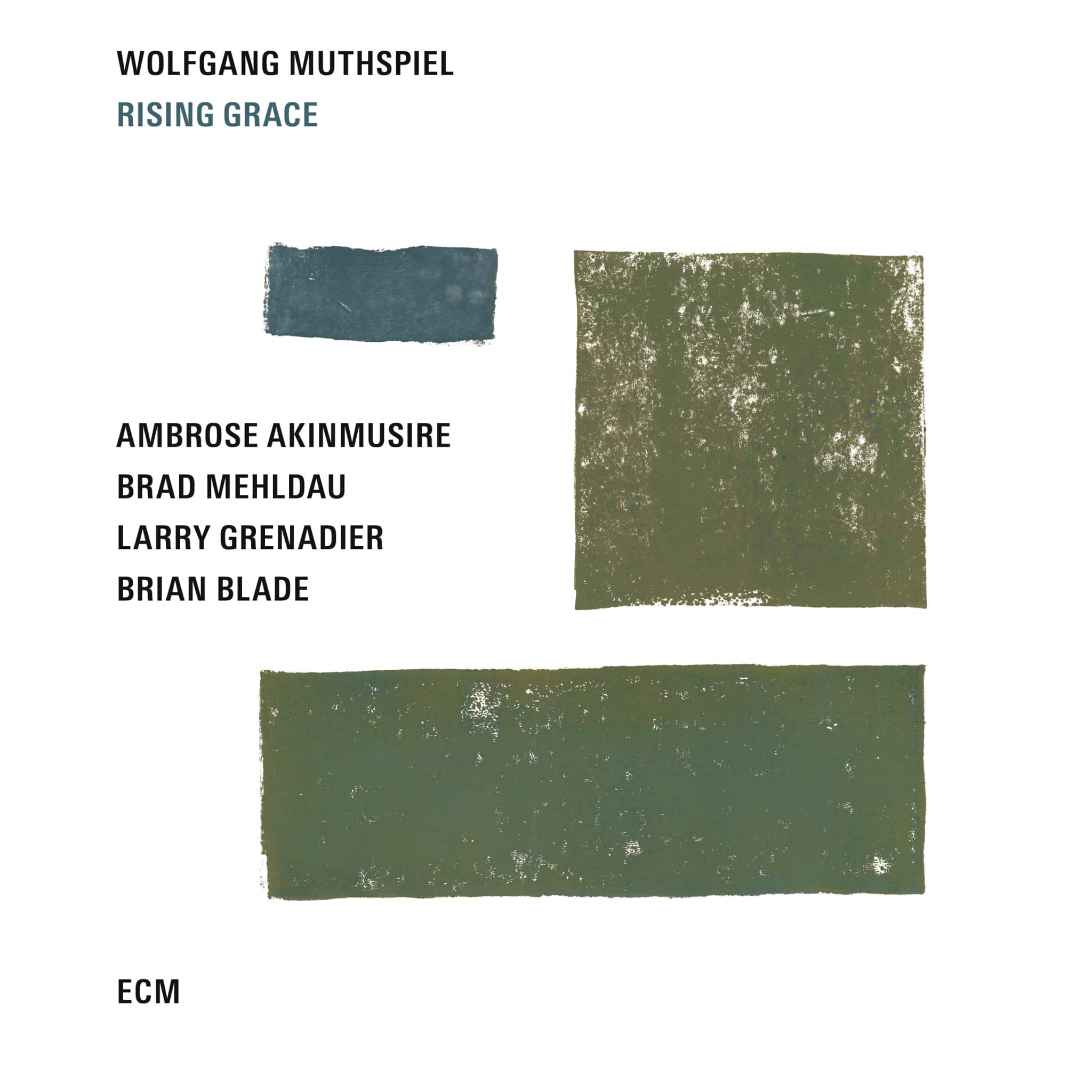Album insights
In this CD, the third and final recording of selected harpsichord works by François Couperin, I present one of his best series of works, the Treizième Ordre [13th series]. I have also included various pieces from the first three volumes of his Pièces de Clavecin. My selection is based on pieces that I believe are most interesting and best suited for interpretation on the modern piano.
In the preface to his third volume of harpsichord pieces (1722), Couperin earnestly asked his interpreters to strictly adhere to the performance instructions provided in the score, especially regarding ornamentation (see the introductory text to the first CD, Hyperion CDA67440). Every detail, down to the smallest, is specified in this wonderful Treizième Ordre in B minor. Renowned for its stronger sense of unity compared to many others, it is considered one of Couperin's best and most satisfying series of works. Allegedly connected to Philippe d’Orléans, the nephew of Louis XIV, this series reflects a particular period in French history marked by turmoil and disappointments.
Despite its profound beginning with Les Lis naissans ("The budding lilies"), a short piece featuring broken chords and decorations on weak beats, the Treizième Ordre soon transitions to Les Rozeaux ("The reeds"), depicting human fragility. Couperin's compositions are filled with charm and courtly elegance, adding a delightful touch to each piece. The intricate Les Folies françoises, ou les Dominos follows, weaving an intense drama with variations depicting characters at a masked ball organized by Philippe d’Orléans. This musical journey blends tragic passion, worldly wit, and sensual charm, encapsulating the essence of Couperin's artistry.
After a series of vivid tableau of characters, the Ordre concludes with one of Couperin's most eloquent pieces, L’âme en peine ("The tormented soul"), leaving an enduring impression of suppressed tragedy. Moving on to the Quatorzième Ordre, a shift in character from the solitude of B minor to the luminosity of D major occurs, featuring pieces that celebrate birds and explore various stages of love. Noteworthy among them is the delicate Le Rossignol en amour ("The enamored nightingale"), reflecting a profound sense of enchantment evoked by a nightingale's song.
Couperin's meticulous attention to ornamentation is evident in each piece, especially in pieces like La Mézangére and La Distraite, each telling a unique story or portraying a specific character. Through intriguing compositions like La Fauvétes Plaintives ("The plaintive warblers") and Le Petit-Rien ("The trifle"), Couperin masterfully crafts emotional depth with minimal notes, revealing the intensity and melancholy within his music.
The journey through Couperin's works encompasses the Deuxième Ordre, featuring Les Idées heureuses ("The joyful thoughts") and Le Dodo, ou L’amour au Berçeau ("The lullaby, or love at the cradle"), carrying thematic explorations of happiness and melancholy infused with delicate nuances. La Ménetou from the Septième Ordre portrays Françoise Charlotte de Ménethoud, a gifted artist immortalized in one of Couperin's most tender and graceful rondos. Couperin's ability to convey shades of expression and touch human emotions through music is a testament to his profound artistry and sensitivity, connecting deeply with listeners on an emotional level.
Couperin, epitomizing grace and subtlety in his compositions, sought to evoke emotional responses rather than sheer surprise. His music, rich in light and shadow, intricate tonal shades, and contrasting emotions of melancholy and levity, speaks to the heart, touching those who perceive its depth and beauty. Through his harpsichord compositions, Couperin aimed to create a seamless fusion of art and emotion that resonates with those who appreciate its evocative power.
Translated by Elke Hockings

